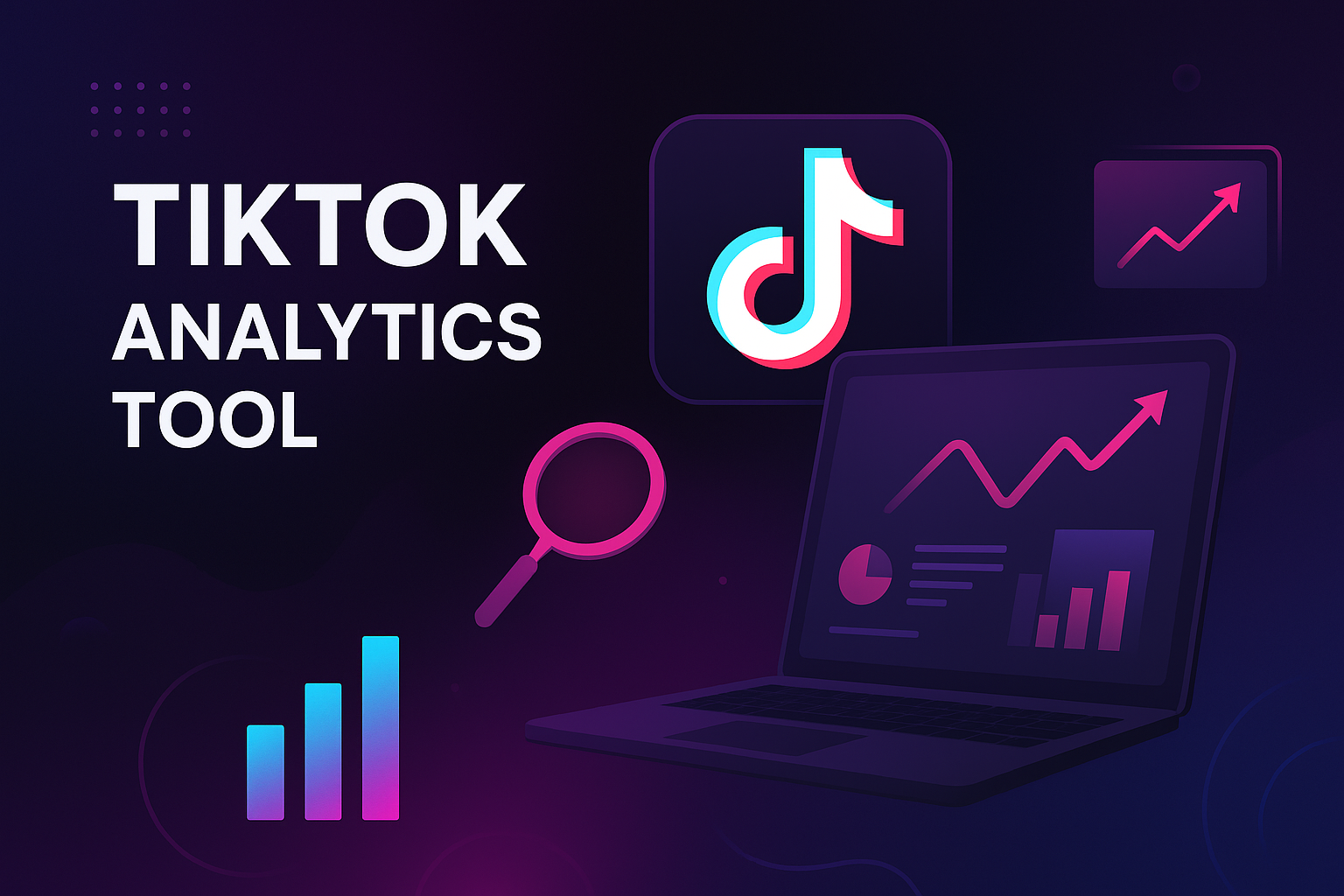Free TikTok Engagement Analytics Tool for Creators
Key Takeaways
-
TikTok analytics tools offer valuable information on how users interact with your content, who your audience is, and what is performing well, enabling you to optimize your strategy based on the data.
-
By consistently tracking vital statistics such as engagement rate, watch time, and follower growth, you can hone your content strategy and posting schedule to perfection.
-
Understand your competitors and trending hashtags to benchmark performance and remain relevant in an ever-changing digital environment.
-
Marrying the numbers with real feedback guarantees you’re not confusing a one-off number with what your audience actually thinks.
-
Selecting an analytics tool that is feature-rich, integrates well, and is scalable will ensure it can support your business growth and changing needs.
-
Analytics to action: Turn your analytics data into crystal-clear strategies that help you optimize campaign ROI, boost audience engagement, and stay ahead of the competition on TikTok.
A TikTok analytics tool is an online platform that monitors, analyzes, and displays information about TikTok account growth, engagement, and content reach. Many brands, agencies, and creators use these tools to see top trends, measure the success of campaigns, and identify what works best.
Core features commonly cover follower stats, video performance, and audience insights. For those seeking transparent, real-time insights, these tools contribute to more effective TikTok strategies.
The following section examines key features.
Why Use a TikTok Analytics Tool?

TikTok analytics tools are designed to provide transparent, comprehensive insights into your content and audience. For brands, agencies, and creators, these tools help streamline workflows and enhance how your teams organize, monitor, and optimize their TikTok strategies.
1. Deeper Insights
A TikTok analytics tool provides detailed insights into views, watch time, and where your audience drops off. This granularity helps detect subtle changes in audience behavior that standard app insights tend to overlook. Armed with graphs and heatmaps, teams can see when users lose interest in a video or which parts drive the most engagement.
Here’s an example of TikTok’s own analytics tool:

Visual AI tools break down these patterns even further, allowing teams to see what people watched and how they engaged with certain segments. Insights like these simplify the process of pivoting content strategy quickly. For instance, if data reveals that short, to-the-point videos perform better among your viewers, you can pivot.

Analytics help teams adjust posting schedules to target peak viewing hours, ensuring each video reaches the maximum number of viewers. Following likes, comments, and shares across days, weeks, and months uncovers what topics or styles resonate most, providing a clear baseline for new content.
2. Audience Understanding
Tracking audience behavior isn’t just about followers. Analytics tools reveal who’s watching, where they’re from, and what kind of content they enjoy. It allows teams to tailor posts that resonate with different demographics, whether by age, location, or interest.

You can monitor how fast a follower base grows after a campaign or new video series. With segmentation, teams can create content for smaller groups, resulting in more immediate engagement. Feedback tools let you gauge viewer satisfaction, which can help you identify opportunities for improvement.
The better you know your audience, the more you can predict what will work.
3. Content Performance

By verifying average engagement rates, it becomes simpler to schedule a content calendar that capitalizes on what’s already caught on.
Your previous highest performing videos can inform future themes, formats, or even posting times. Analytics enable teams to respond to comments and messages rapidly, maintaining audience engagement and amplifying content reach.
Data exports in Excel, PDF, or CSV format make it easy to share insights and strategize next steps.
4. Trend Prediction

Trend-spotting is how you stay relevant. Peering into engagement trends across weeks or months, analytics tools highlight changes in what’s trending. If a style, sound, or hashtag begins to gain steam, teams can respond quickly.
These forecasting tools give you that look ahead, allowing teams to prototype content before a trend hits its peak. Historical data tracking provides a clearer idea of which campaigns resonated and which fell flat. This context informs wiser decisions about upcoming posts and marketing efforts.
5. Competitive Edge
Benchmarking against other creators or brands shows where your TikTok strategy stands. Analytics tools emphasize gaps and direct you to possible areas of expansion. Competitive analysis provides a transparent view of what competitors are successful with, from posting schedules to video formats.
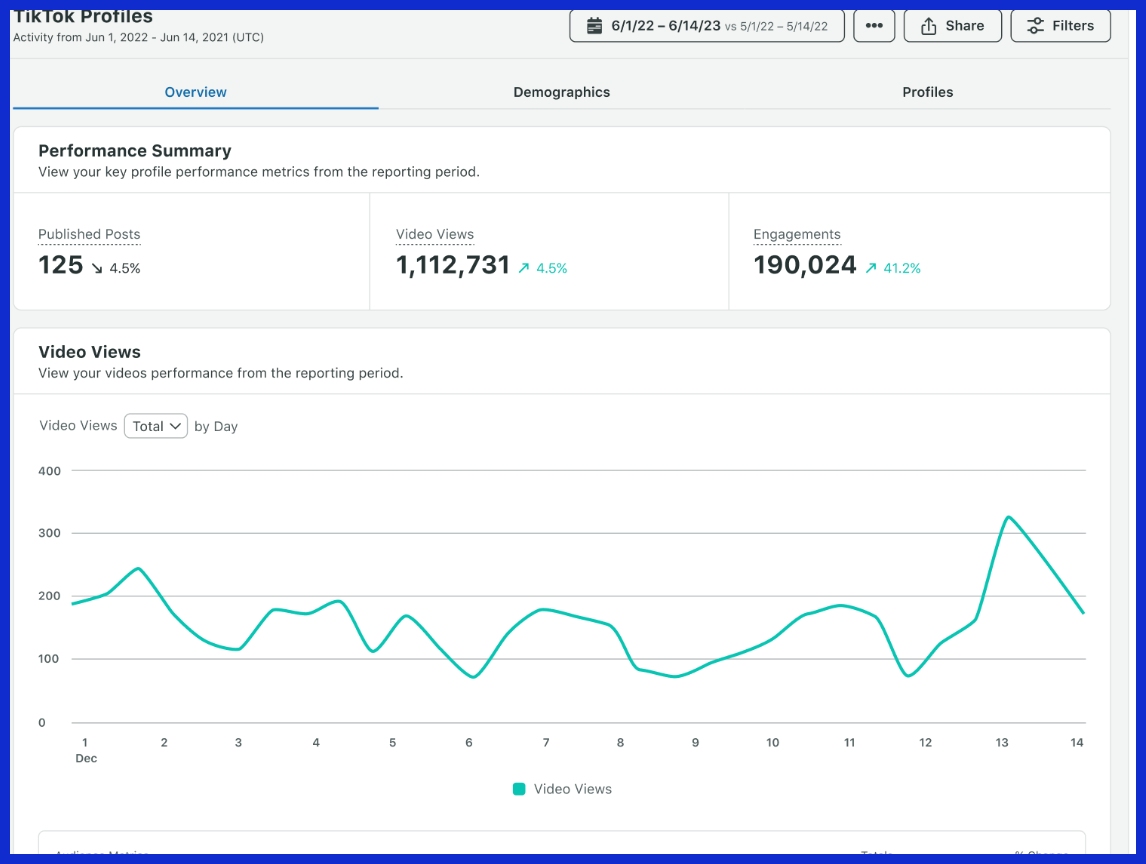
Industry tracking keeps teams aware of the wider trends and conversations. By piggybacking on competitor successes and failures, teams can fine-tune their own strategy and remain visible in the congested TikTok space.
Key Metrics to Master
It’s tracking the right data on TikTok that helps brands, marketers, and agencies meet their goals. These metrics reveal how content is performing, which posts attract people, and what initiatives generate actual returns. Focusing on the numbers that align with your business objectives, you can identify patterns, adjust your strategy, and establish a more robust presence over time.
Engagement Rate
Engagement rate is the pulse of TikTok analytics. It indicates how much users are engaging with your videos through likes, comments, and shares, a strong indicator of how your content resonates with audiences. Consider your interaction to total followers or views ratio to gauge how energetic your audience is.
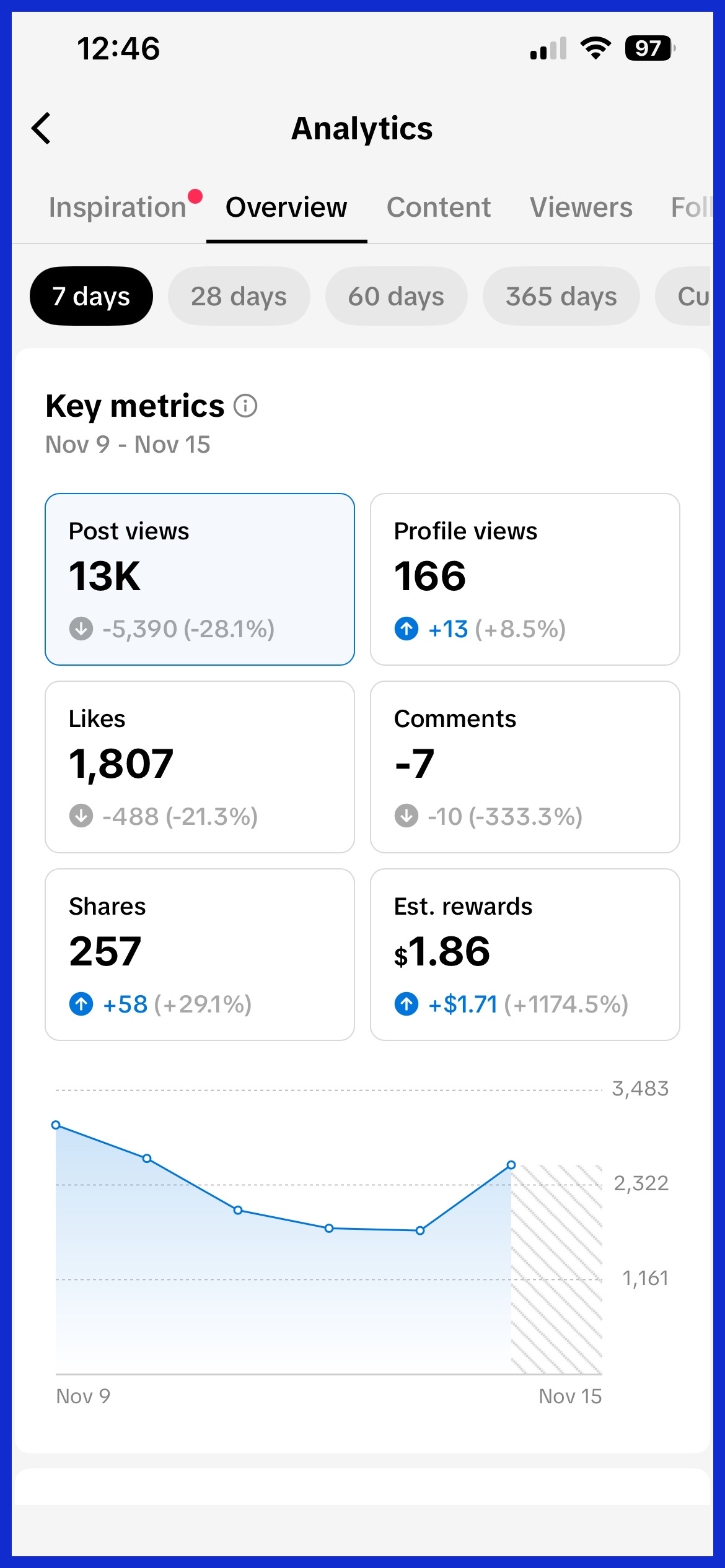
For example, if a video garners lots of shares but very few comments, you’re aware it ignited interest but perhaps didn’t generate a dialogue. By comparing the engagement rate of different videos, you can see what topics, styles, or formats get the most response. Frequent reviews of these numbers simplify your understanding of what is working and what needs to be adjusted.
It’s critical to understand engagement with the first hour since TikTok’s algorithm rapidly pushes content that gets instant likes and comments. Observing how engagement develops in that window helps you time your posts and tweak your approach for greater reach.
Watch Time
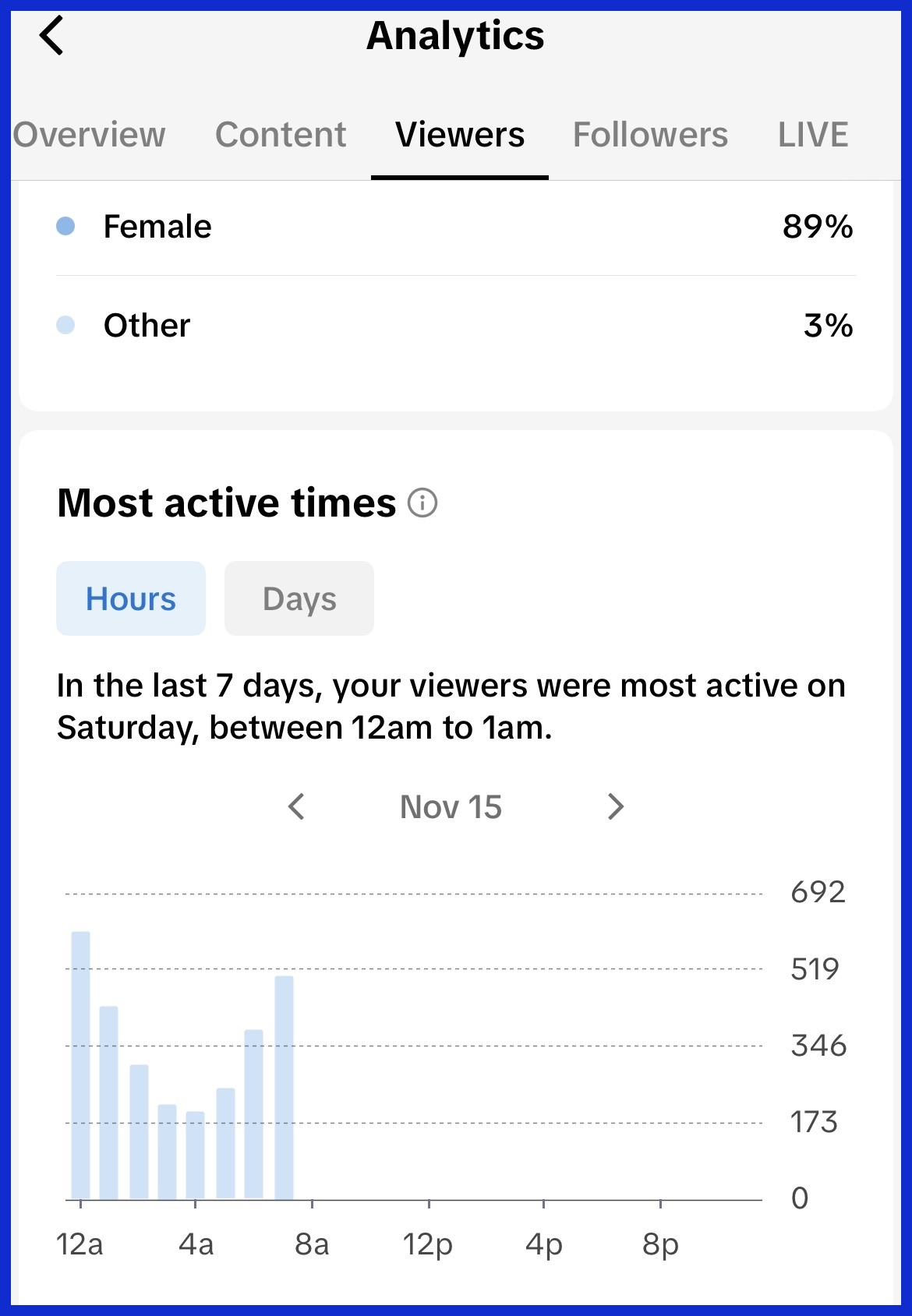
The amount of time someone spends with your video is a more important metric than clicks. Watch time tells you if viewers are sticking around or clicking off. Videos that capture the attention of at least 50% of their duration stand a better chance of being boosted by TikTok’s algorithm.
If your completion rates are low, try shorter videos or switch up your storytelling to keep people watching to the end. Tracking watch time for every upload lets you identify what topics or styles hook viewers. Longer watch times tend to mean more opportunities for likes and shares.
It’s clever to monitor this metric over various time frames—day, week, month—to identify trends and determine periods of higher audience activity.
Traffic Source
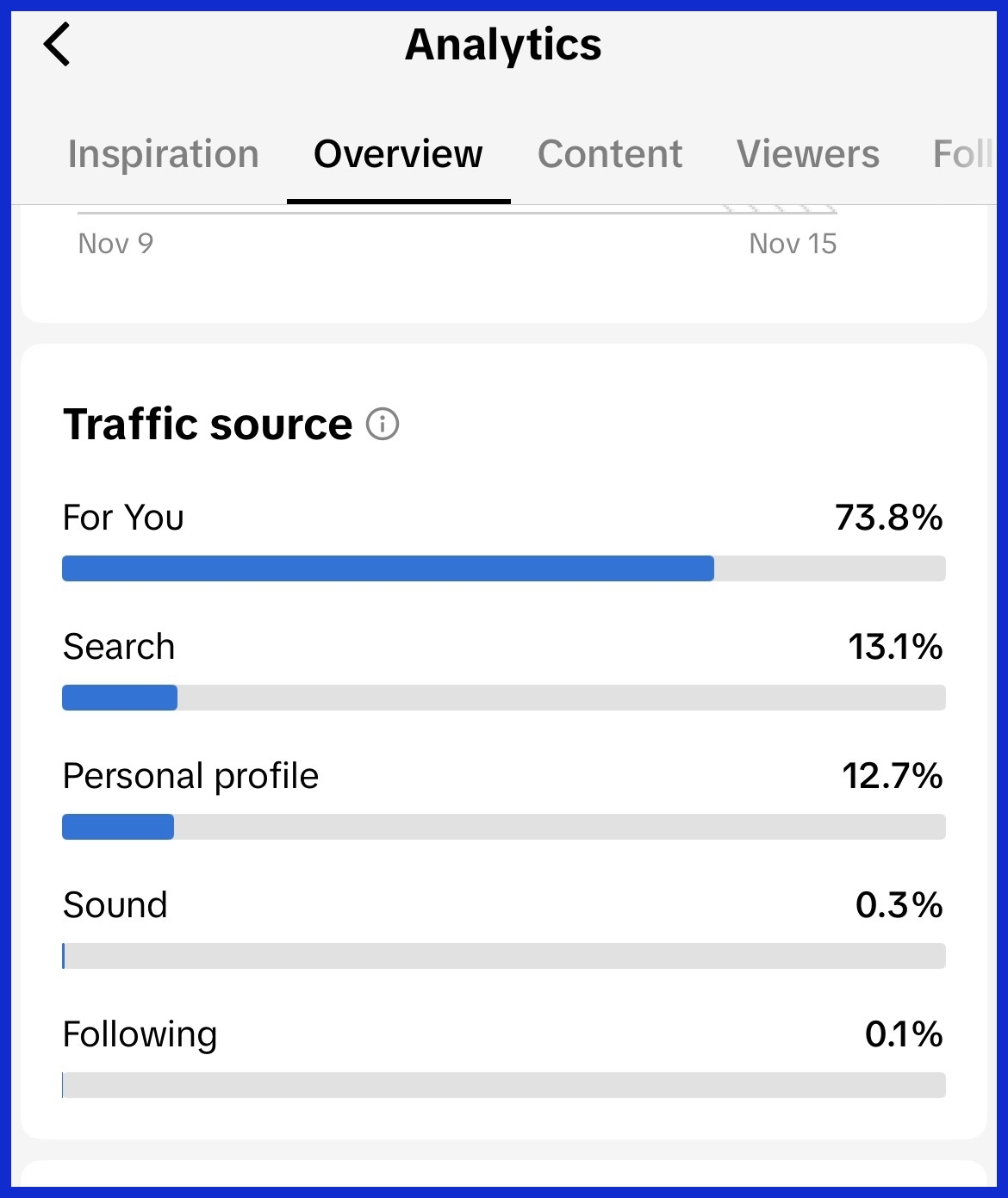
Understanding your audience’s origin allows you to optimize your content and marketing. Analytics can indicate whether traffic is originating from TikTok’s feed, search, hashtags, or even other platforms such as Instagram or YouTube.
If you see more views from external shares, you can concentrate on cross-promotion or partnerships. Monitor shifts in traffic sources as you experiment with new strategies. For instance, if a particular hashtag or partnership inflates your numbers, embrace it.

This way, you’re not just crossing your fingers for reach; you’re constructing it deliberately.
Follower Growth
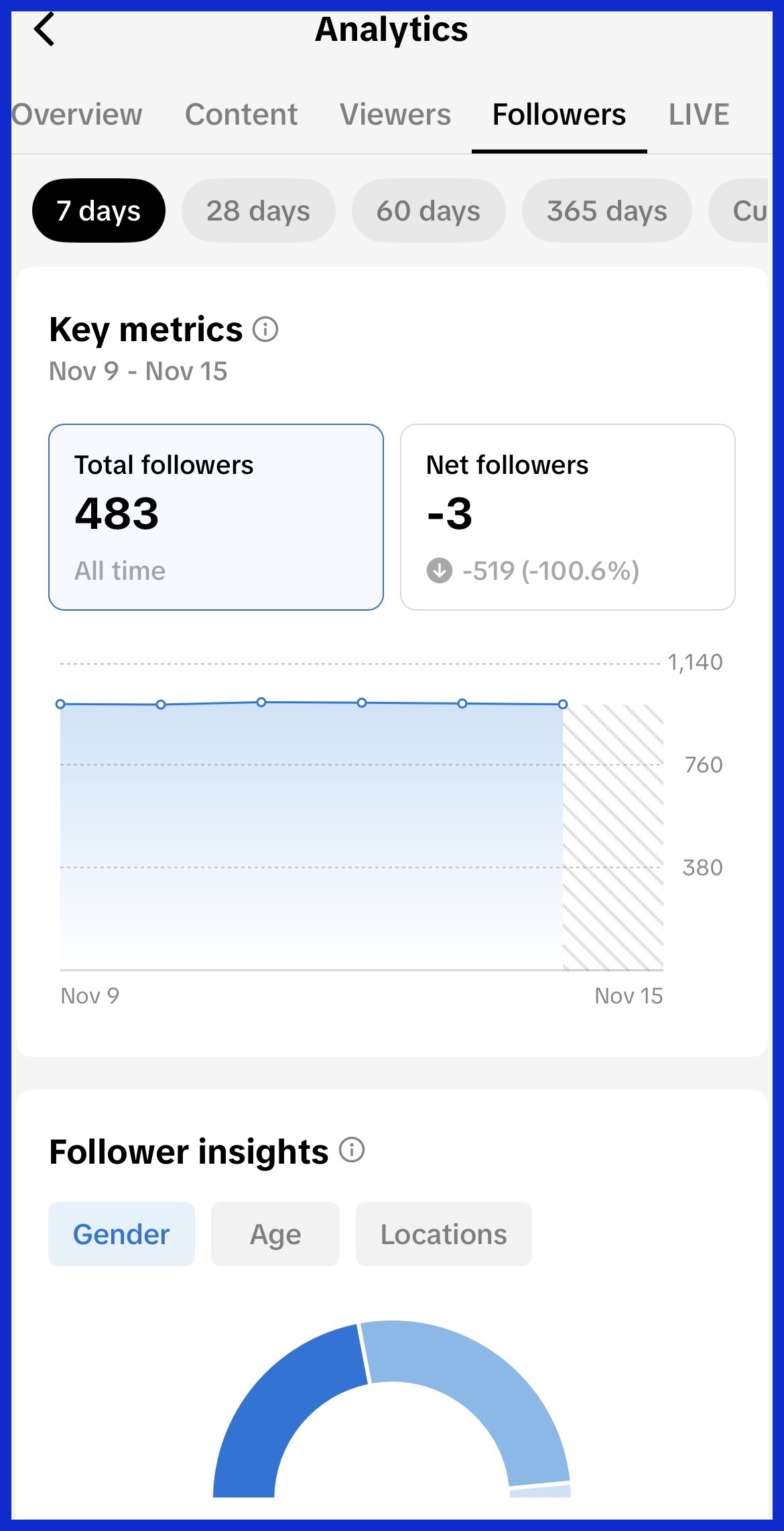
Monitoring how your follower count shifts over time provides concrete evidence of whether your TikTok efforts succeeded. Follow spikes tend to line up with specific posts, ads, or live streams.
Growth metrics can assist you in establishing tangible targets, such as gaining a target number of followers per month or boosting engagement within certain audiences.
Choosing Your Analytics Partner
It’s about selecting a platform that suits your company, integrates with your existing infrastructure and expands with you. A great analytics partner provides you with the information you want at the time you want it, displayed in a format that suits your team.
Core Features
Top analytics tools reveal more than shallow statistics. Look for features that matter: customizable reports, trend analysis, and a clear view of your audience. Auto reporting saves time and competitive snapshots help you see where you stand in your industry. Granular insights let you explore specific videos or segments, so you don’t miss what’s driving results.
Integration Capability
Your analytics should slot right in with what you already use. If you cover several social platforms, integration with Hootsuite or Buffer makes life easier. Certain analytics providers transfer data to Excel, PDF, PowerPoint, or CSV, so you can do it in your team’s preferred formats.
Simple to import and export data means you can work with other systems or share reports with stakeholders. Pick tools that facilitate collaboration, so your team can collaborate in real-time. This is particularly useful for agencies or distributed teams.
User Interface

A good UI isn’t just good-looking. It should be intuitive, so any member of your team can discover what they want without days of training. Clean dashboards display key information at a glance. Custom views allow users to zero in on what’s important to them, slicing through data noise.
User-friendly design lets everyone—from analytics geeks to n00bs—extract value from the tool. Dependable customer service and useful documentation go a long way when issues arise.
Scalability
As your TikTok presence expands, so too must your analytics platform. Select a tool that scales to more data and more users as you grow. Certain tools have tiered pricing, billing per account or providing unlimited access for a flat fee.
This flexibility allows you to select a plan that suits your requirements and budget. Ensure your analytics partner can scale with changing needs, whether that means adding new teammates, additional channels, or sophisticated analysis.
Don’t believe the hype. Most platforms provide trials so you can see if they’re a true fit.
Conclusion
Choosing the correct TikTok analytics tool can transform the way teams operate. Data shifts rapidly on TikTok. Transparent data makes it easy to identify trends and optimize posts in real time. Great tools reveal what works, from reach to actual growth. Many teams get left behind because they’re still clinging to vanilla stats. More advanced tools highlight actual successes, vulnerabilities, and new opportunities.
Many teams get left behind because they’re still clinging to vanilla stats, while more advanced platforms like KPI.me highlight real successes, vulnerabilities, and new opportunities. Explore solutions tailored to your needs, try out a few options, and choose the one that aligns best with your objectives.
Frequently Asked Questions
What is a TikTok analytics tool?
A TikTok analytics tool allows you to monitor and evaluate your TikTok account’s performance. It displays essential statistics such as views, engagement, and follower growth, enabling you to improve your content approach.
Why should I use a TikTok analytics tool instead of native analytics?
Third-party tools can deliver more in-depth analytics and more sophisticated features than TikTok’s native analytics. They assist you in benchmarking your performance, following trends, and making data-driven decisions to grow faster.
Which key metrics should I monitor on TikTok?
Concentrate on video views, engagement rate, follower growth, and audience demographics. These display insights into your content’s performance and your audience.
How can analytics help improve my TikTok strategy?
Analytics allow you to see what content performs best and when your audience is most active. Use these insights to craft more compelling vids and post at the best times, dominating your impressively large potential audience.
What is the difference between free and paid TikTok analytics tools?
Free tools provide fundamental insights. Paid ones offer premium features such as competitor analysis, trend tracking, and custom reports. Paid plans are best for serious creators or brands.
How do I choose the right TikTok analytics partner?
Seek ones that have precise information, user-friendly dashboards, and robust assistance. Select a trusted provider with features that align with your objectives.
Can TikTok analytics tools help with influencer marketing?
Indeed, analytics tools can find high-performing influencers, monitor campaigns, and measure ROI. This allows you to make smart decisions about your influencer strategy.

